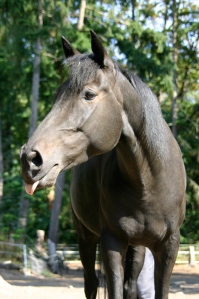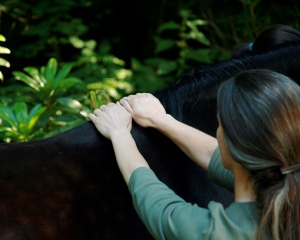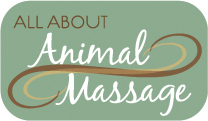Prince-a-roo is our family’s ever-young gelding, 1/2 Morgan and 1/2 Connemara, now 8 years old. He recently  had an appointment to recheck the fit of his ReactorPanel Saddle. Saddle fit is a critical topic for all riders to understand something about, and very importantly, to have some awareness of what you don’t know along with that which you do learn along the way. In other words, I hope you realize that just because you don’t know that your horse’s saddle doesn’t fit, please don’t assume that it does fit. Make sense? Maybe it does, or maybe it doesn’t and it’s just not that obvious.
had an appointment to recheck the fit of his ReactorPanel Saddle. Saddle fit is a critical topic for all riders to understand something about, and very importantly, to have some awareness of what you don’t know along with that which you do learn along the way. In other words, I hope you realize that just because you don’t know that your horse’s saddle doesn’t fit, please don’t assume that it does fit. Make sense? Maybe it does, or maybe it doesn’t and it’s just not that obvious.
I had ridden Prince sporadically over the last couple of years since his saddle was fit for him. (It’s an adjustable saddle, custom-fit but not custom-made.) He had changed, and I had made some adjustments myself to the saddle, so I was thrilled to get a chance to have the owner of the RP saddle company check it out in person when she was in town recently. I knew I also wanted to have a test ride with a Port Lewis Impression Pad (see next paragraph) at the same appointment. I’m happy to report that the fit looked good, so we went right to testing it with the impression pad, and the results were essentially perfect, zero see-through spots and only one small area of slightly thinner orange-red goo. Yay!
I did not take my camera with me to photograph Prince’s results, but you can go to this site to see a photo (scroll down for it) of an impression pad result from a random test with another horse/saddle. It shows you how the red goo inside the pad squishes away from the areas of higher pressure, leaving some clear areas. With less serious pressure points, you see areas where more light shines through thinner goo when held up to the light. This is a wonderful tool to use to really know what your horse’s back is experiencing when you ride. Because you do test it with a ride, not just standing in the aisle way as saddle fit is so often checked. (And my suggestion is that if you’re part of a group such as a club or a boarding facility, you look into having everyone pitch in a few bucks and buy one to share!)
Since a well-fitting saddle is so critical to the health of any riding horse’s back (no matter how often they get massaged), I will do the next couple posts on the same topic, so stay tuned….
 Here’s a Valentine’s Day gift for you for your horse. If you e-mail me by midnight tomorrow, February 15, 2011, I’ll send you my e-book, More Massage Moves for Horse Lovers for free, just for fun, and love, of course!
Here’s a Valentine’s Day gift for you for your horse. If you e-mail me by midnight tomorrow, February 15, 2011, I’ll send you my e-book, More Massage Moves for Horse Lovers for free, just for fun, and love, of course!


